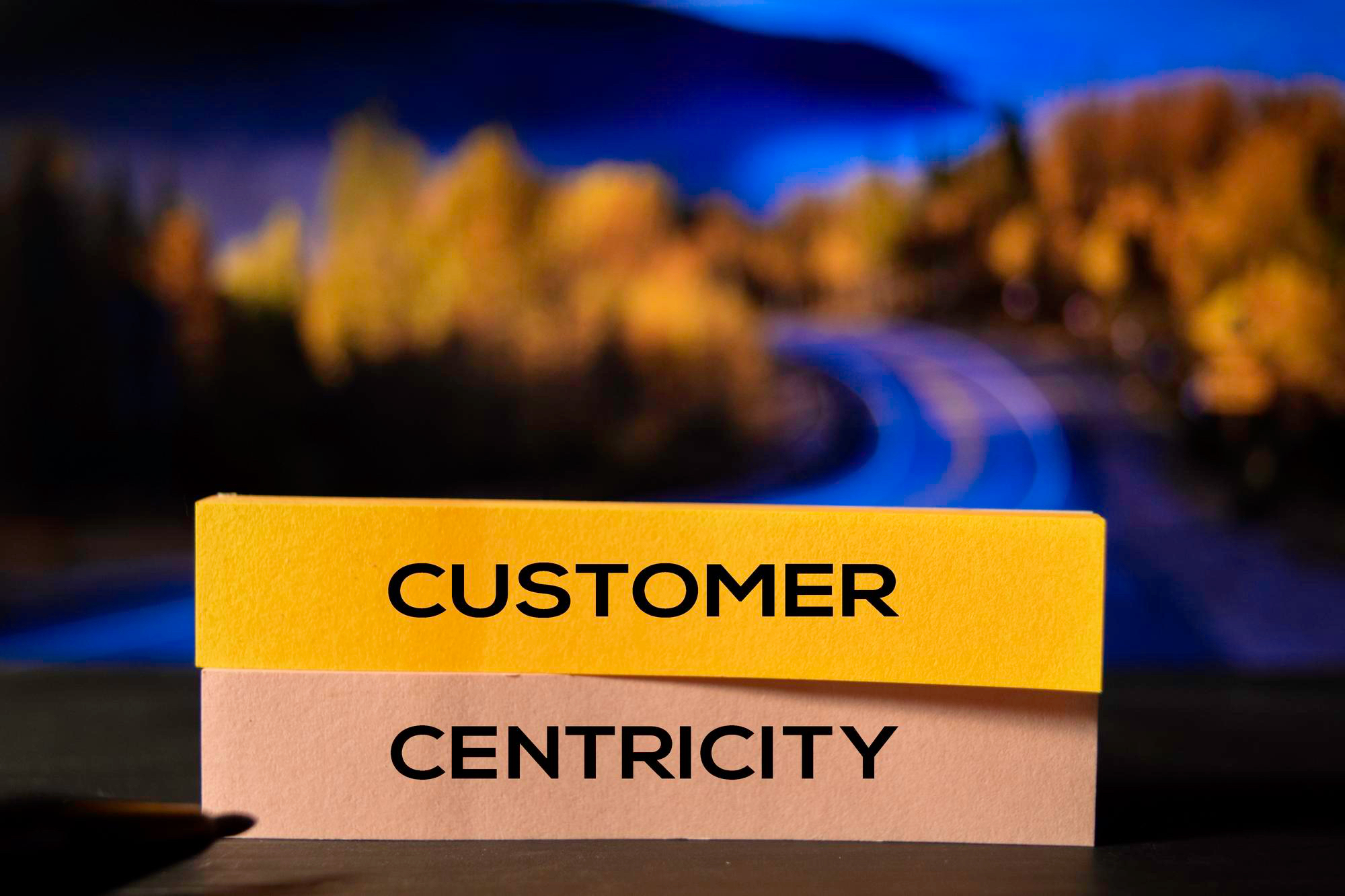In today’s hyper-competitive business environment, placing the client at the center of your operational strategy is not just beneficial—it’s essential for long-term success. Implementing client-centric systems means rethinking traditional business processes, technologies, and cultures to prioritize the client’s needs, preferences, and feedback at every stage. This approach fosters stronger relationships, enhances customer loyalty, and drives sustainable growth. This blog post explores the key aspects of implementing systems that put the client first, offering practical advice for businesses aiming to elevate their client-centricity.
Understand Your Clients Deeply
The foundation of a client-centric system is a deep understanding of your clients’ needs, behaviors, and preferences. Utilize data analytics, customer feedback, and market research to gain insights into what your clients truly value. This knowledge should inform every decision, from product development to customer service policies. Tailoring your offerings and interactions based on client insights ensures relevance and enhances satisfaction.
Align Your Organization Around Client Centricity
Client centricity must be woven into the fabric of your organization. This requires alignment from the top down, with leadership championing a client-first philosophy. Ensure that every department understands how their role impacts the client experience and encourage cross-functional collaboration to solve client issues. Aligning your organization around client centricity promotes a unified effort to deliver exceptional value.
Invest in the Right Technology
Technology plays a pivotal role in enabling client-centric systems. Invest in CRM (Customer Relationship Management) tools, data analytics platforms, and other technologies that help you understand and serve your clients better. These systems should streamline interactions, provide valuable insights, and facilitate personalized experiences. Choosing technology with the client in mind ensures that your investments directly contribute to improving their experience.
Foster a Culture of Listening and Adaptation
Creating a client-centric system requires a culture that values listening and adaptation. Encourage feedback through multiple channels and ensure clients feel heard by acknowledging and acting on their input. This feedback loop is crucial for continuous improvement and innovation. By fostering a culture that prioritizes client feedback, you can quickly adapt to changing needs and stay ahead of expectations.
Design Processes with the Client in Mind
Review and redesign your business processes to ensure they prioritize client convenience and satisfaction. This might mean simplifying purchase processes, offering more flexible support options, or reducing response times. Every process should be scrutinized through the lens of client impact, with the aim of enhancing their overall experience with your brand.
Deliver Consistent and Personalized Experiences
Consistency is key to building trust and loyalty. Ensure that your clients receive a consistently high level of service across all touchpoints. Additionally, leverage client data to personalize interactions and offerings, making each client feel valued and understood. Personalization not only enhances the client experience but also differentiates your brand in a crowded market.
Train Your Team in Client-Centric Practices
Your team is on the front lines of delivering a client-centric experience. Invest in training that equips them with the skills and mindset to put the client first. This includes developing empathy, communication skills, and problem-solving abilities tailored to client needs. A well-trained team is your most valuable asset in implementing a client-centric system.


Conclusion
Implementing systems that put the client first is a strategic imperative in the modern business landscape. By understanding your clients deeply, aligning your organization around client centricity, investing in the right technology, fostering a culture of listening, designing client-focused processes, delivering personalized experiences, and training your team, you can build a strong, client-centric foundation. This approach not only enhances client satisfaction and loyalty but also drives innovation, differentiation, and sustainable growth. Remember, when you put your clients at the heart of your business, success follows.
